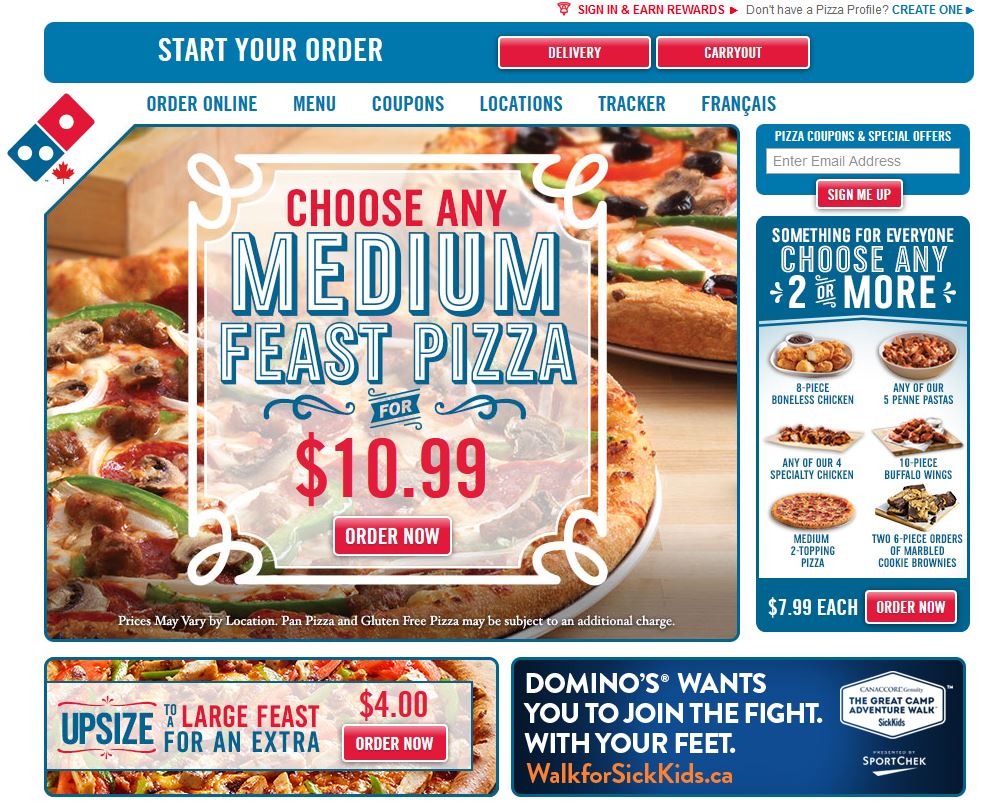
The court found that the ADA claim was not moot because the website was still not fully accessible and the accessibility of the mobile app remained disputed.  The court concluded that having a phone line where plaintiff could place an order did not provide equivalent access when he was placed on hold for over 45 minutes on the two occasions he tried to call. The court ordered Domino’s to “bring its website into compliance with the WCAG 2.0 guidelines.” Interestingly, the court did not specify which level of WCAG compliance would be required: A, AA, or AAA, nor did it specify a time table for compliance. Based on this fact, the court concluded that Domino’s had violated the ADA with regard to its website. The court noted that no expert found that the website was fully accessible, including Domino’s expert who said that he could not place a future order using a screen reader. Judge Bernal rejected this argument, stating that the Ninth Circuit had already found that the alleged inaccessibility of the website and app “impedes access to the goods and services of its physical pizza franchises-which are places of public accommodation.” Domino’s argued that the ADA does not cover its website and mobile app because it does not own the physical stores where the pizza would be picked up, and there is no “nexus” between the website/mobile app and the stores. However, websites that have a nexus to a physical place of public accommodation are covered. Under Ninth Circuit precedent, web-only businesses are not covered by the ADA. Here are some highlights from the decision:
The court concluded that having a phone line where plaintiff could place an order did not provide equivalent access when he was placed on hold for over 45 minutes on the two occasions he tried to call. The court ordered Domino’s to “bring its website into compliance with the WCAG 2.0 guidelines.” Interestingly, the court did not specify which level of WCAG compliance would be required: A, AA, or AAA, nor did it specify a time table for compliance. Based on this fact, the court concluded that Domino’s had violated the ADA with regard to its website. The court noted that no expert found that the website was fully accessible, including Domino’s expert who said that he could not place a future order using a screen reader. Judge Bernal rejected this argument, stating that the Ninth Circuit had already found that the alleged inaccessibility of the website and app “impedes access to the goods and services of its physical pizza franchises-which are places of public accommodation.” Domino’s argued that the ADA does not cover its website and mobile app because it does not own the physical stores where the pizza would be picked up, and there is no “nexus” between the website/mobile app and the stores. However, websites that have a nexus to a physical place of public accommodation are covered. Under Ninth Circuit precedent, web-only businesses are not covered by the ADA. Here are some highlights from the decision: 
This litigation saga has involved an appeal to the Ninth Circuit by plaintiff which reversed the district court’s dismissal of the case, a petition for certiorari filed by Domino’s which was denied, and numerous skirmishes in district court on remand which eventually culminated in the court’s June 23 order granting plaintiff’s motion for summary judgment on the ADA claim as it relates to Domino’s website, but allowing the case to continue regarding Domino’s mobile app.
#Dominos website trial#
Seyfarth Synopsis: California federal trial court grants summary judgment for plaintiff, finding Domino’s violated the ADA by having a website that is inaccessible to the blind and orders Domino’s bring its website into compliance with the WCAG 2.0 guidelines.įive years after the lawsuit was first filed, federal district court judge Jesus Bernal ruled on June 23 that Domino’s had violated Title III of the Americans with Disabilities Act (ADA) by having a website that was not fully accessible to plaintiff, who is blind.






 0 kommentar(er)
0 kommentar(er)
